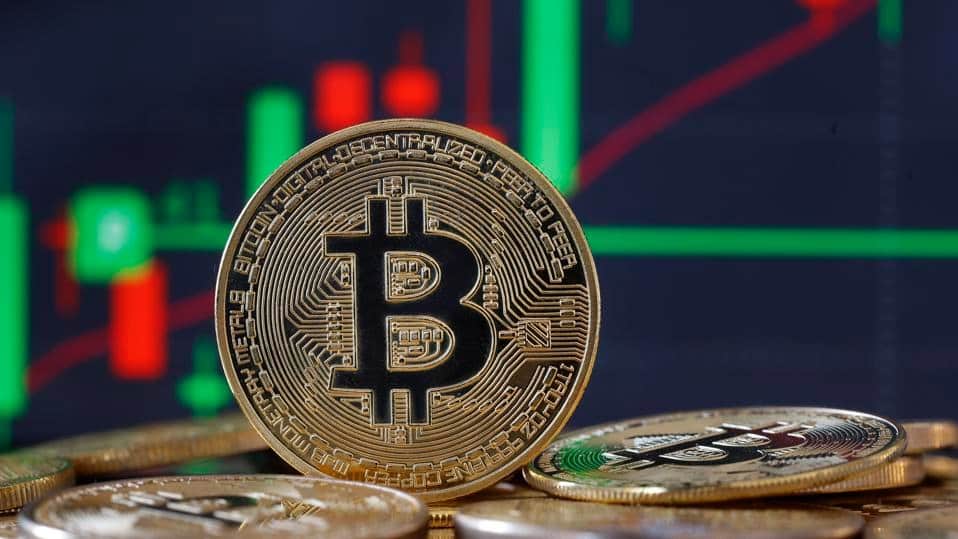The US Federal Reserve (Fed) has just revised its economic outlook amid growing global uncertainty. The institution is now warning of a possible return to stagflation, the dreaded combination of economic slowdown, persistent inflation, and rising unemployment. Is Bitcoin threatened by this intransigence?
The Federal Reserve faces the risks of stagflation: between uncertainty and caution
The US Federal Reserve (Fed) has just revised its economic outlook amid growing global uncertainty. The institution is now warning of a possible return to stagflation, a dreaded situation combining economic slowdown, persistent inflation, and rising unemployment.
This scenario is fueled in particular by the still uncertain effect of the new tariffs introduced by the Trump administration, as well as by growing geopolitical tensions, particularly in the Middle East.
At its last meeting, the Fed decided to keep its key interest rate between 4.25% and 4.5%, while revising its economic projections downward. It now expects PCE inflation to be around 3% by the end of 2025, with unemployment reaching 4.5% and moderate growth. Despite this uncertain environment, the institution is forecasting two rate cuts during the year, signaling its intention to support the economy.
However, this strategy is not unanimously supported. Ten members of the committee are in favor of easing, while seven others prefer to maintain the status quo. Fed Chair Jerome Powell is taking a cautious stance, stressing the importance of carefully reading economic indicators, particularly to assess the delayed impact of protectionist measures.
The Federal Reserve must therefore strike a delicate balance between fighting inflation and supporting economic activity. While the risk of stagflation appears serious, it could nevertheless prove exaggerated if inflationary pressures moderate. A rate cut in September remains possible, but will depend closely on developments in the geopolitical and trade environment.
Foreign exchange market: US dollar shows signs of stabilisation
The Fed’s current position is having a direct impact on the currency market. Although the US dollar (DXY) remains one of the weakest currencies since the start of the year, its decline has slowed in recent weeks. If the US central bank continues to wait before resuming rate cuts, the greenback could have reached a technical floor on the foreign exchange market.
For the time being, no significant resistance break has been observed. However, a potential bullish technical signal in the form of a divergence on the weekly charts is attracting analysts’ attention. This type of configuration has already preceded a rebound of the dollar against the world’s major currencies in the past.
